Accidentism, Alternative Modernism and Swedish Modern by Josef Frank
A rainforest of lush, strong, vibrant colors, creeping twisted vines and branches from which hang huge strange fruits; colorful organic patterns, meadows with tulips, scillas, hyacinths, daisies, violets, anemones and forget-me-nots, this is the dream world of architect, theorist and designer Josef Frank. I share in this dream every time I look at at our psychedelic sofas in California. Just sitting on them makes me smile and fills me with inspiration.

Josef Frank (1885-1967) was known throughout Europe in the 1920s as one of the continent’s leading modernists. The Austrian Museum of Applied Arts/Contemporary Art, or MAK, is holding the biggest exhibition of his work in over 30 years. “Josef Frank: Against Design”, The show, which runs through April 3, 2016, aims to establish Frank as “the great humanist in modern architecture and design,” according to Christoph Thun-Hohenstein, the museum’s director.
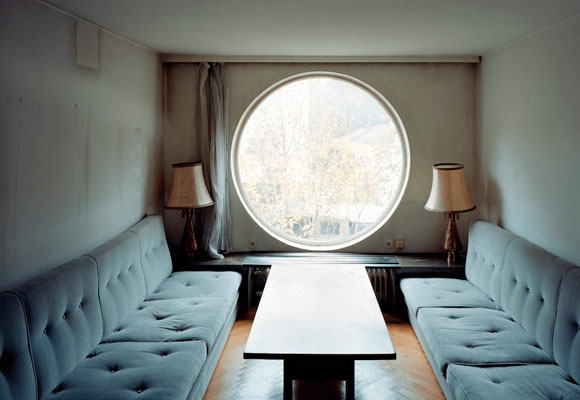
“Frank is one of the most underrated architects and designers of the 20th century”, Mr. Hackenschmidt said. “His work is impossible to categorize, as he refused to align with any of the design movements of the time, or to develop an identifiable style».
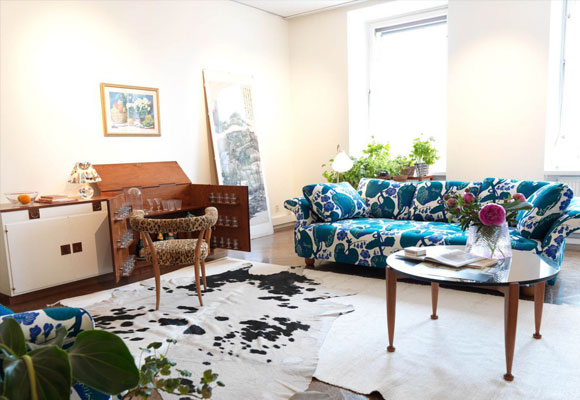
Architect Josef Frank’s personal style went completely against the functionalistic ideals of the 1930s. It was colourful and patterned, included both high and low and borrowed expressions from different cultures and eras. He called the philosophy “Accidentism” or “The Fortunate Chances Philosophy”. The idea with this philosophy is to portray the surrounding as if it had arisen by chance, when there in fact lies a grand effort behind every detail.
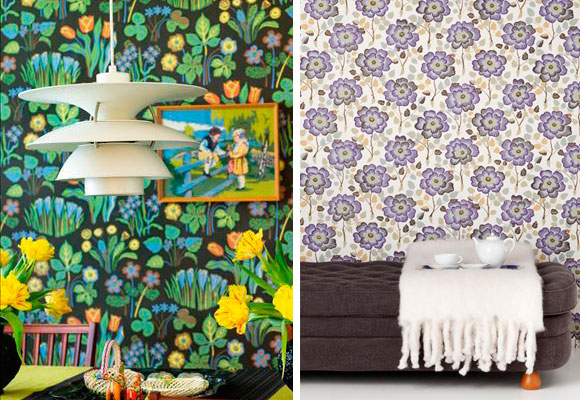
Born in Vienna in 1885 to a textiles manufacturer, Josef Frank developed the taste and love for textiles from a very early age. Before moving to Stockholm in 1933 with the rise of the Nazis, Frank had a rich and successful career in Vienna and he established with his colleague Oscar Wlach the company Haus & Garten, which came to provide a new interpretation, more traditional, casual, ‘styleless,’ and linked to the past of the modern home, known today as ‘Alternative Modernism.’ Frank immigrated to Sweden with his Swedish wife when offered a position of chief designers of Estrid Ericson, a decorating company.
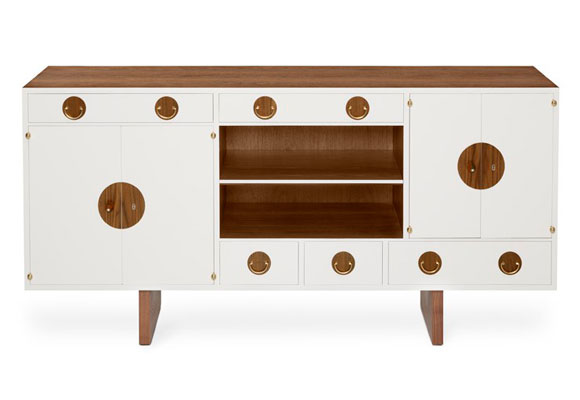
Determined to use design as a means of enriching daily life, Frank created objects to last and focused on then-unfashionable qualities like comfort and ease in the hope that people would feel relaxed with his designs.
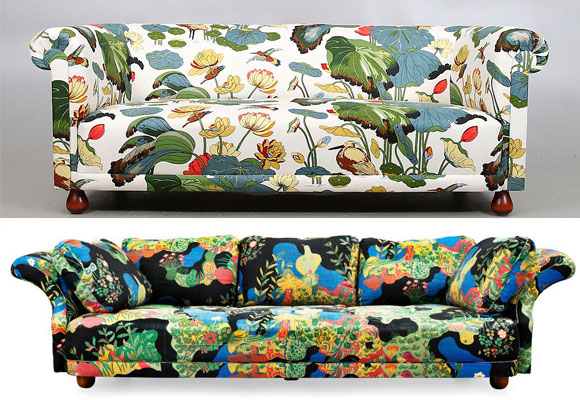
Josef Frank has had an enormous impact on the history of Swedish design. Despite the fact that he was already 50 years old when he fled Nazism for Sweden and joined Svenskt Tenn,the Austrian architect and designer is considered to be one of Sweden’s most important designers of all time.
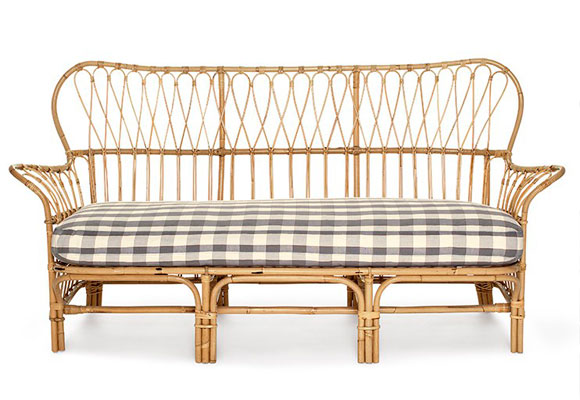
At Svenskt Tenn, Josef Frank received both a unique stage and invaluable help from Estrid Ericson, who was an exceptionally artistically inclined producer. He awarded her by being extremely productive: there are over 2,000 furniture sketches and 160 textile designs signed with his name in Svenskt Tenn’s archives. The French architect Le Corbusier’s belief that a house should be a “machine for living in», was not to Frank’s taste. He was against puritanical principals and feared that standardized interior design would make people all too similar.
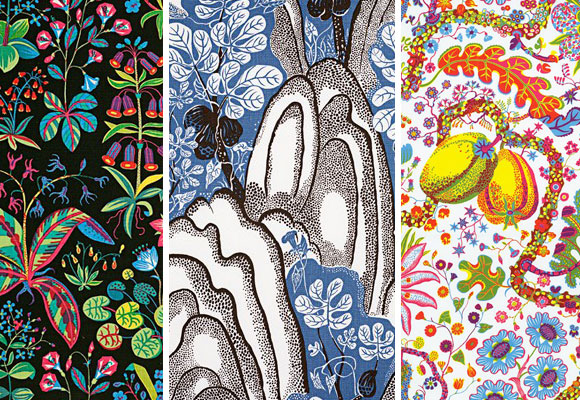
Frank represented a freer, more artistic style ideal, and he developed his own type of modernism with values such as comfort, hominess and a wealth of colour in focus. He perceived tubular steel furniture as a threat to humanity. By contrast he wanted to include nature’s colours and forms in interior design and to be able to breathe and feel free even in enclosed rooms. For the same reason he preferred furniture that people could see through, a chair should have an open back and a cupboard should be on legs that were so high that one could distinguish the borderline between the floor and the wall.
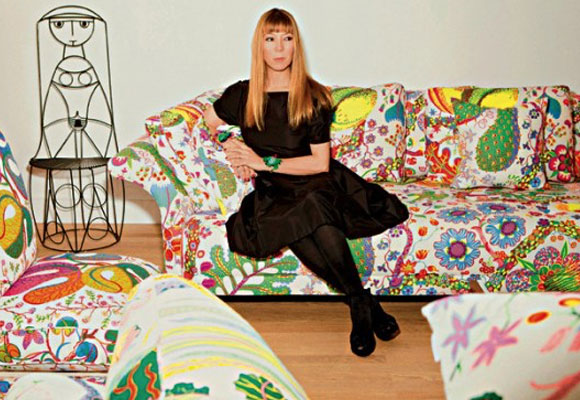
On Swedish Modern: Frank’s ideas on harmony also went against the tide. When others advocated monochromatic environments, Frank wrote: “The monochromatic surface appears uneasy, while patterns are calming, and the observer is unwillingly influenced by the slow, calm way it is produced. The richness of decoration cannot be fathomed so quickly, in contrast to the monochromatic surface which doesn’t invite any further interest and therefore one is immediately finished with it».
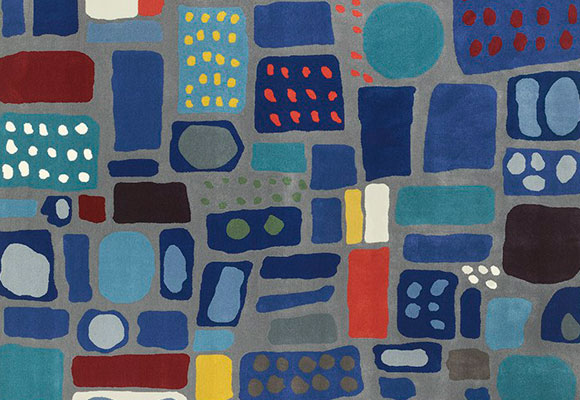
During his life, Josef Frank designed around 200 prints for textiles, wallpaper and carpets. He experimented with everything from design and reporting to compression. One of the success factors behind the world-famous textiles is called screen printing. Only 60 meters of a colorful pattern takes a whole day to print , but the results will last for generations. *Principal photo: a vintage Josef Frank sofa.
